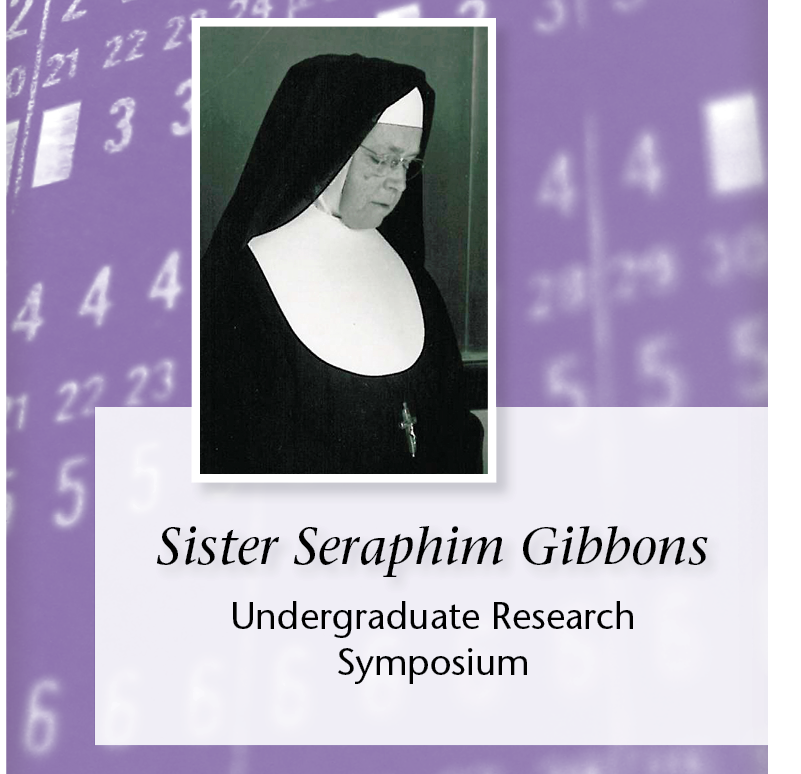Triboluminescent studies of copper(I) and manganese(II) complexes with racemic and single enantiomer chiral diphosphines
Faculty Advisor
Daron E Janzen
Department
Deparment of Chemistry and Biochemistry
Triboluminescent studies of copper(I) and manganese(II) complexes with racemic and single enantiomer chiral diphosphines
A limited number of substances exhibit the unique property of triboluminescence. Triboluminescence is the emission of light from crystals that occurs upon mechanical fracture. The earliest report of this phenomenon was in 1605 when Francis Bacon observed triboluminescence in sucrose crystals. To date, the mechanism of mechanically induced emission is poorly understood. There are limited hypotheses as to the necessary characteristics a substance must possess to exhibit triboluminescence, one of which is chiral packing. In an effort to purposely design materials that will triboluminesce, we have synthesized compounds that photoluminesce and crystallize in a non-centrosymmetric space group. Racemic and single S-BINAP enantiomer copper(I) complexes of the form [Cu(dmp)(BINAP)](BF4) (dmp = 1,9-dimethylphenanthroline, BINAP = 2,2'-bis(diphenylphosphino)-1,1'-binaphthyl) were synthesized and characterized by 1H and 31P NMR, photoluminescence, and X-ray crystallography. As expected, the complex [Cu(dmp)(S-BINAP)](BF4) exhibits strong photoluminescence and crystallizes in a chiral space group. Triboluminescent studies of these copper complexes as well as racemic and single enantiomer Mn(BINAPO2)Br2 (BINAPO2=2,2'-bis(diphenylphosphoryl)-1,1'-binaphthyl) will be presented.
